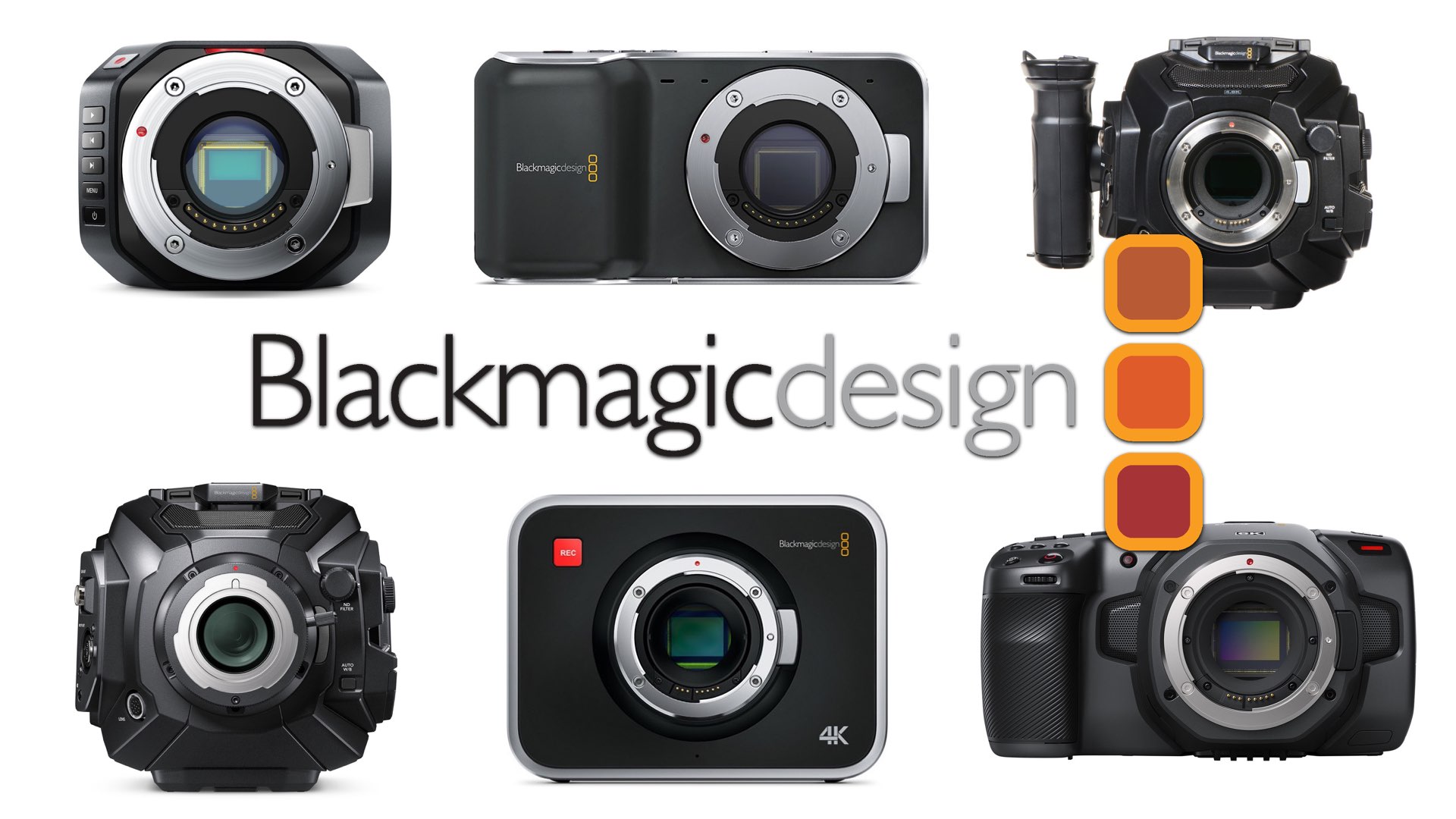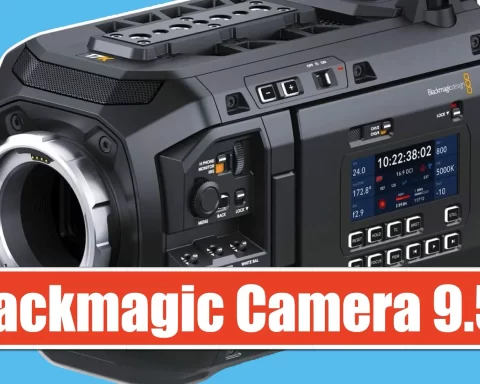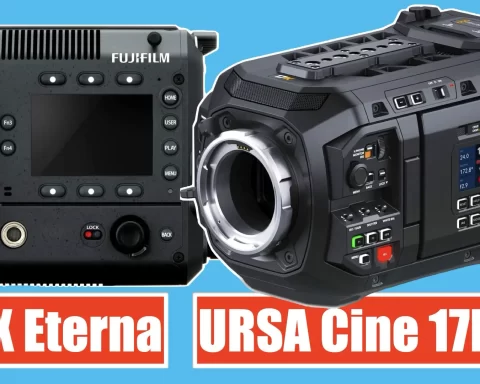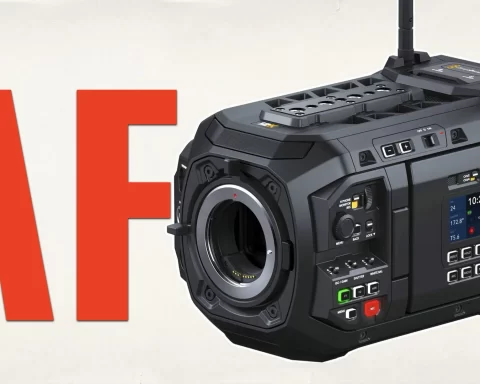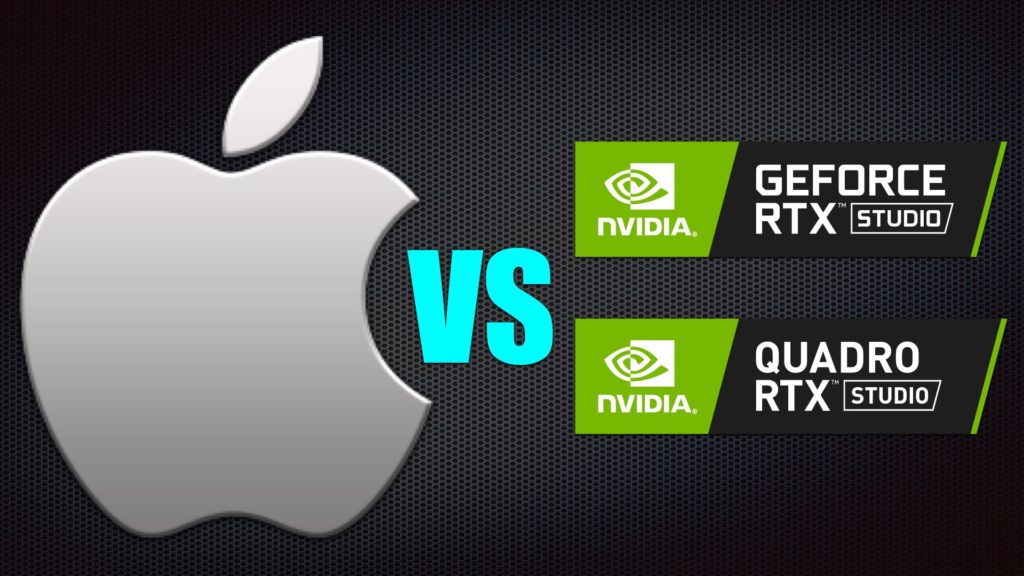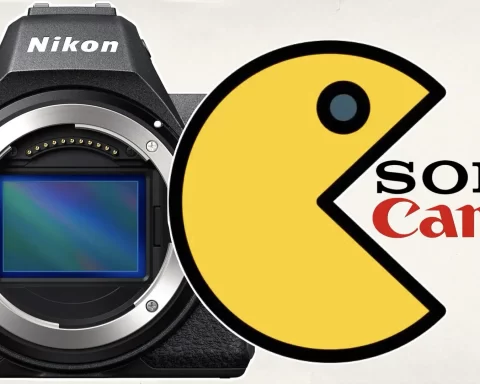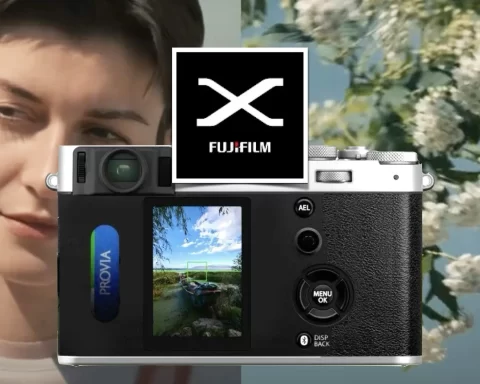Last week, Blackmagic Design announced a couple of products related to production and postproduction: Pocket Cinema Camera 6K and DaVinci Resolve 16.1 were the main announcements. It’s not trivial that a small private company has such a fast-paced innovation tempo. How does this company succeed to disrupt the cinema industry? Read below.
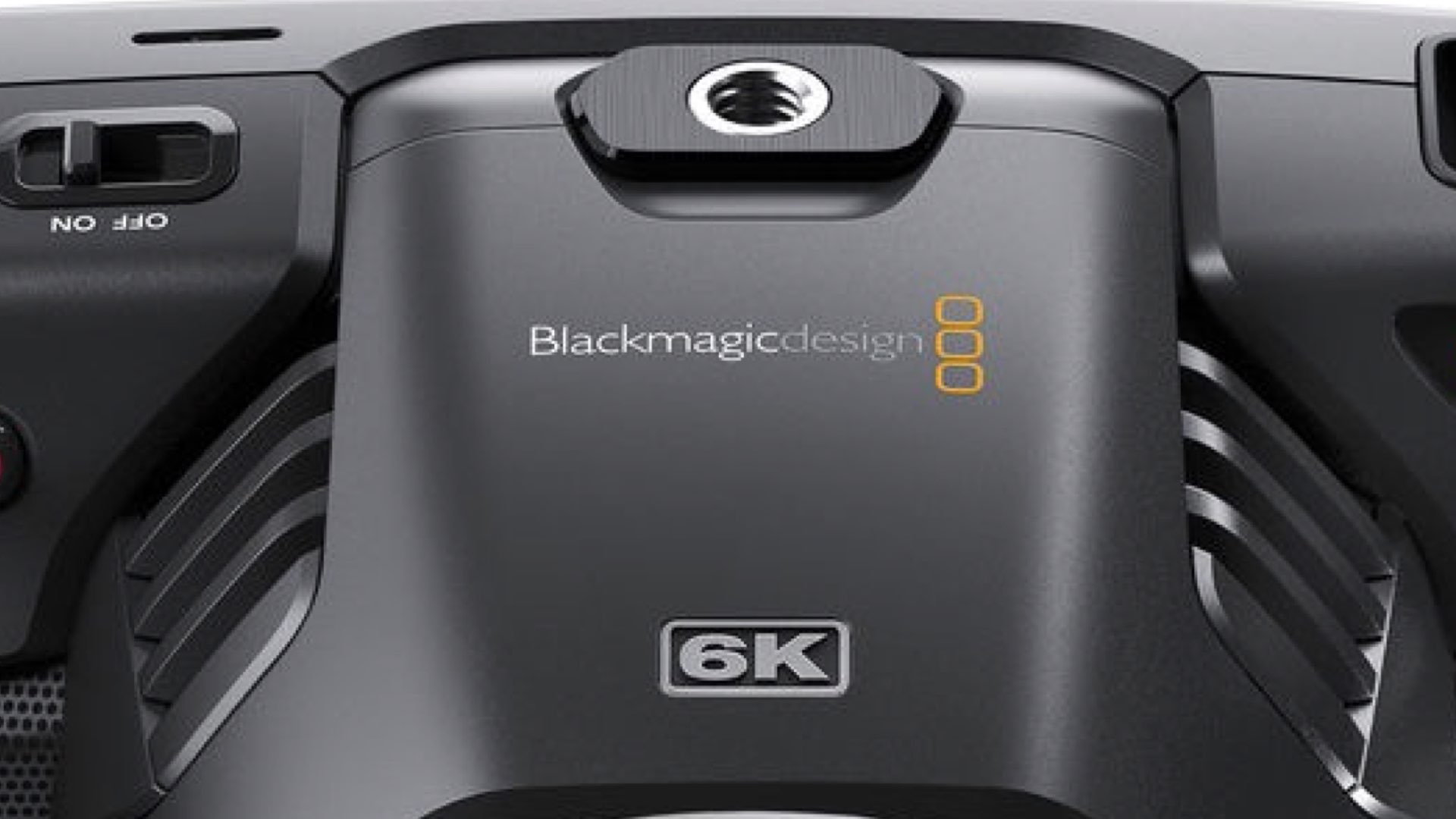
Blackmagic’s DNA of innovation
So Blackmagic Design (BMD) unveiled its new disruptive Pocket Cinema Camera 6K. The Pocket 6K is very similar to its big brother, but with a larger sensor and higher resolution. Moreover, BMD has released the final version of DaVinci Resolve 16 and the new version of 16.1, because the show must go on. We are not going to dive deep into the tech spec of those products, because talking about spec is boring. Instead, let’s talk about the DNA of innovation of this fascinating company.
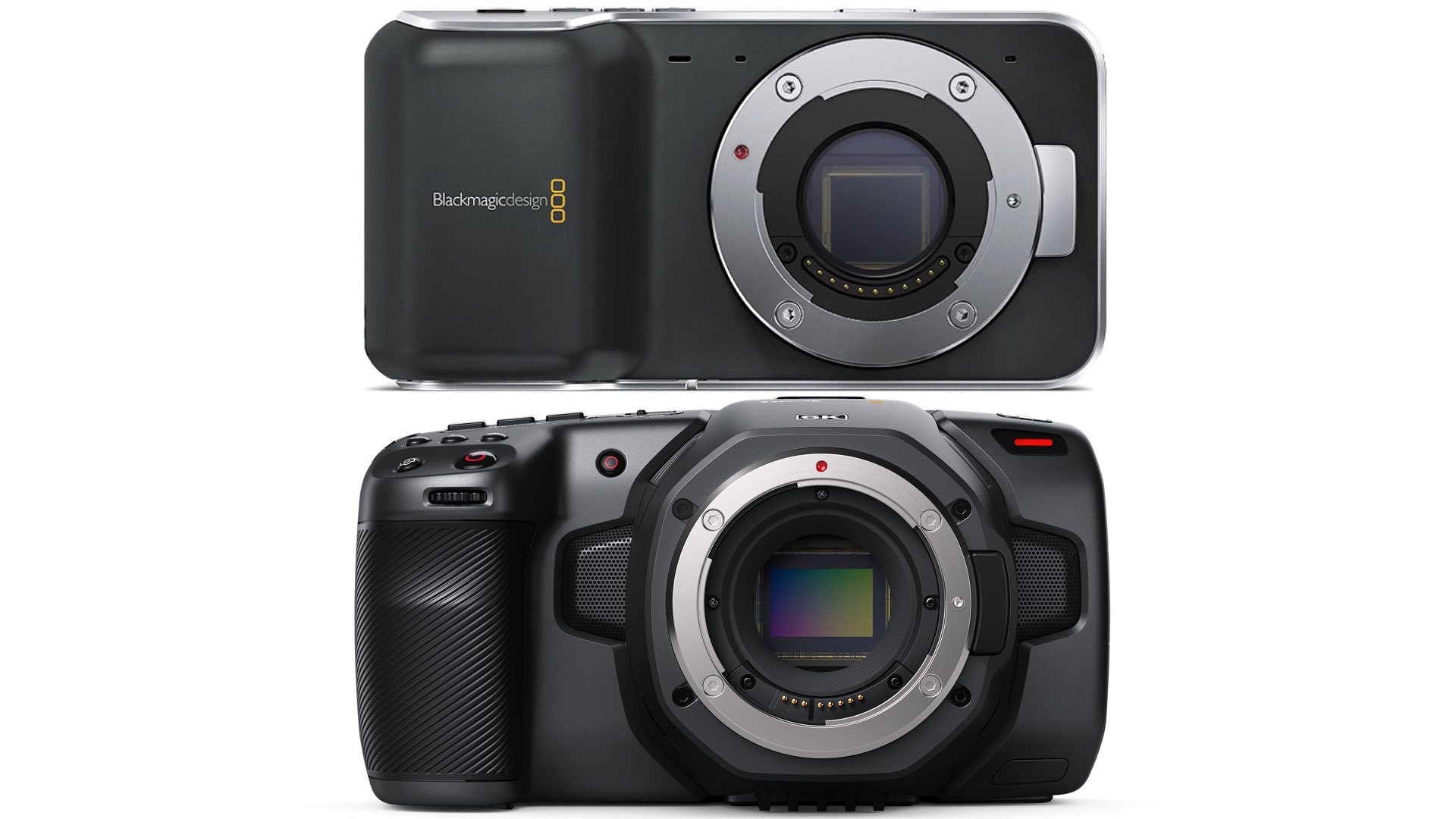
Grant Petty’s announcements
Every few months, Grant Petty, the CEO and founder of Blackmagic Design, makes an announcement of new products on the company’s YouTube channel. The company was founded in 2001, and grown significantly over the past 18 years. Today, Blackmagic Design boasts an annual revenue of hundreds of millions of dollars. Furthermore, the company’s technology is used in major feature films and blockbusters productions.
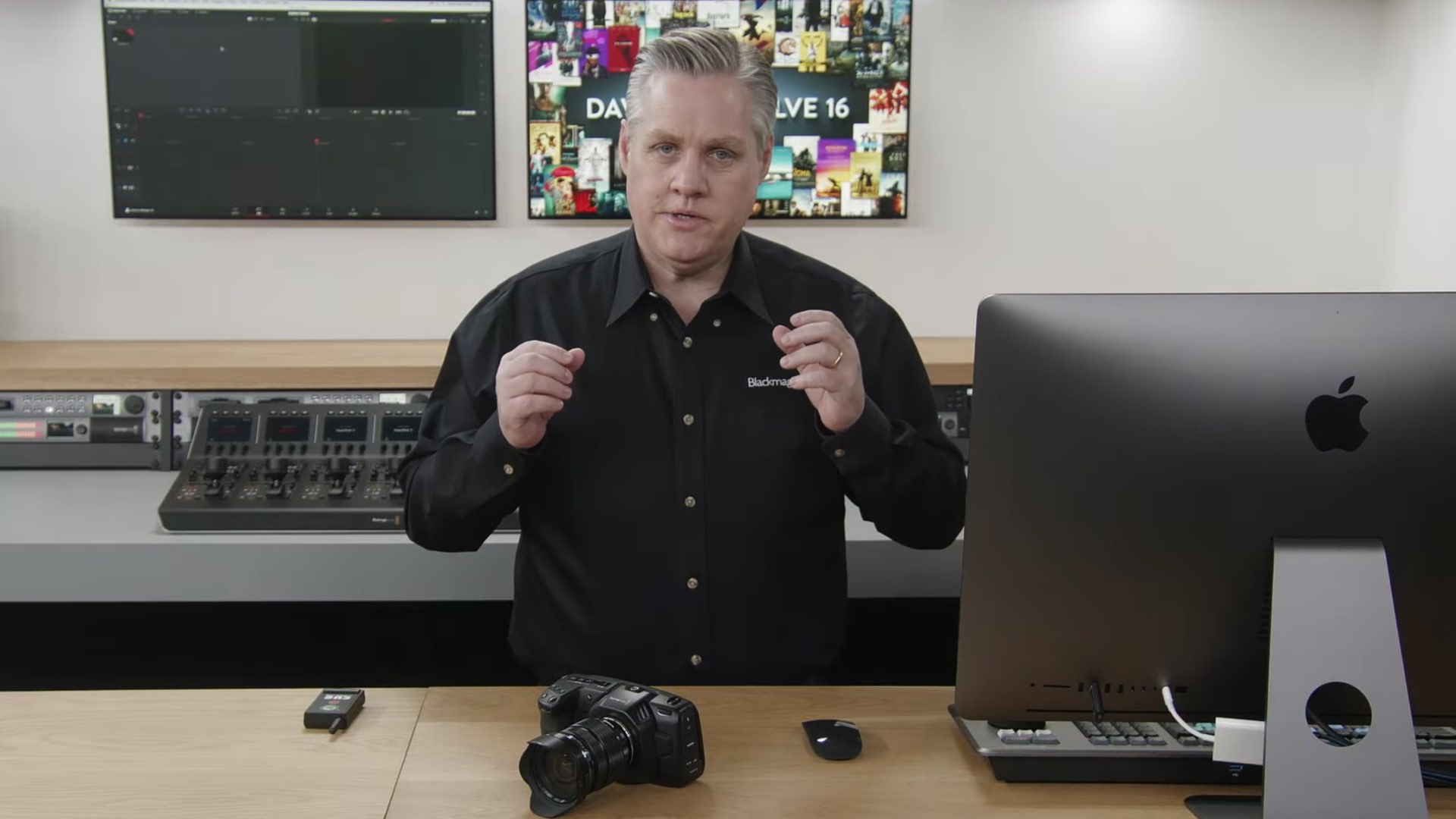
The acquisition of DaVinci Resolve – A major milestone
Till 2012, Blackmagic has been primarily known as a post-production technology company. DaVinci was acquired (and saved) by Blackmagic in 2009. In the past, Blackmagic Design was a provider of video processing and distribution technology, and DaVinci was a pioneer in the areas of film coloring and restoration. Grant Petty’s goal was to improve engineering and marketing for DaVinci’s Resolve.
“I cannot believe we have purchased such a legendary brand,” he said back in 2009. “One of the things that totally blew my mind when I first started in post-production as an engineer way back in 1988 was the color grading room with a DaVinci. The image on the monitor was such incredible quality. I just stood there, staring speechless. It was amazing. Now we have our opportunity to care for the DaVinci name. It’s exciting but a little terrifying too! We have some big standards to live up to, but we want to exceed what people expect…We are going to improve the marketing of DaVinci products. DaVinci Resolve is an amazing system that’s not being sold very well.”
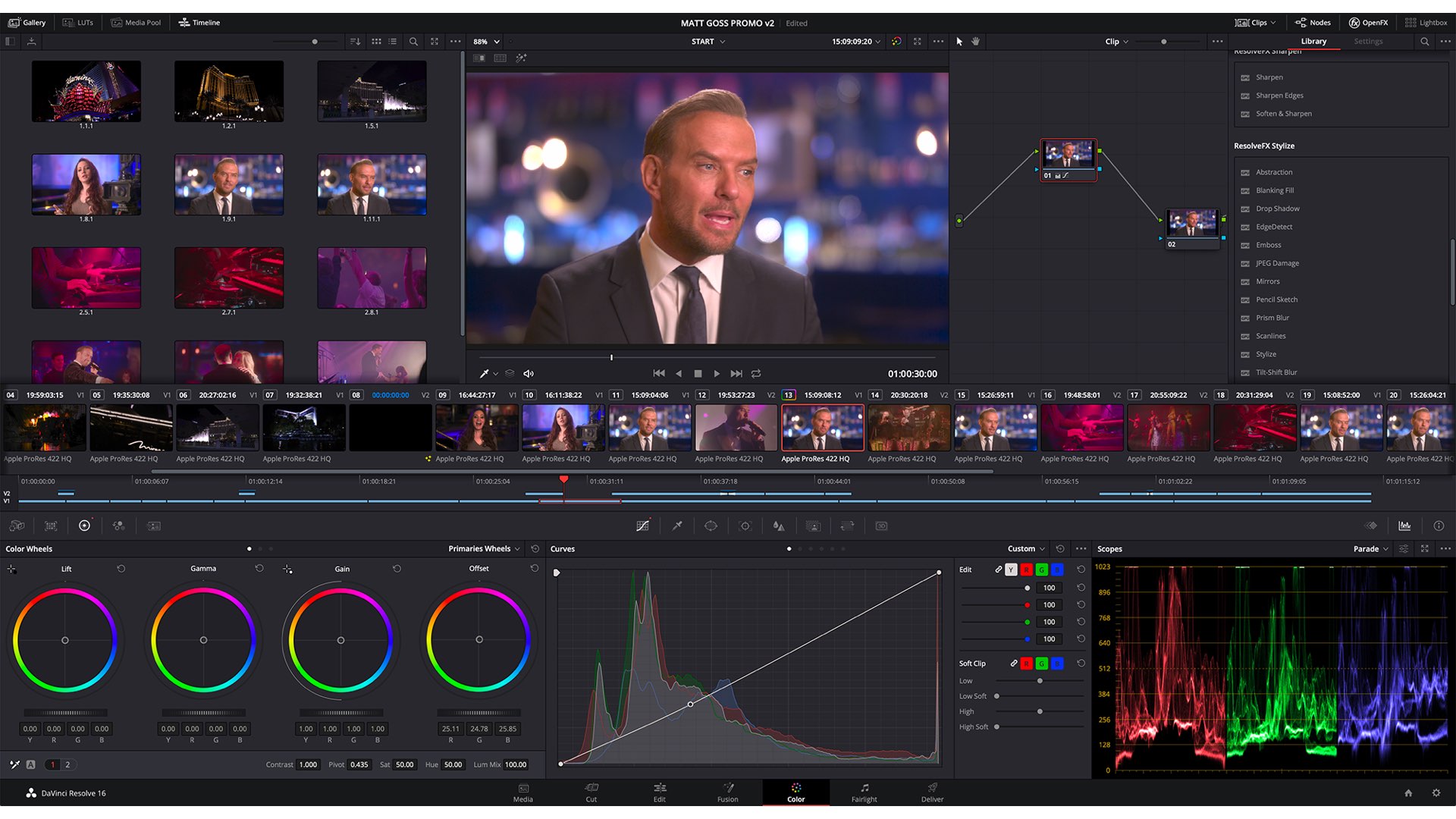
I cannot believe we have purchased such a legendary brand…One of the things that totally blew my mind when I first started in post-production as an engineer way back in 1988 was the color grading room with a DaVinci
Grant Petty- CEO and Founder of Blackmagic Design, 2009

A few days ago the final DaVinci Resolve 16 version was released. This time, not just as an extremely powerful industry-standard color grading tool, but as a super-efficient NLE (Non-Linear Editing) tool. Petty wants to conquer the NLE world and to transform DaVinci to a one-stop-shop software. That means a circulating platform that can deal with anything you throw at it, like editing, grading, sound design, special effects, and mastering. All of those functions could not be achieved unless BMD smart acquisitions (Fairlight, for instance). Furthermore, Petty transformed DaVinci to make it far more accessible (free download of a fully functional version) and very affordable pricing for the Premium version (only $300).
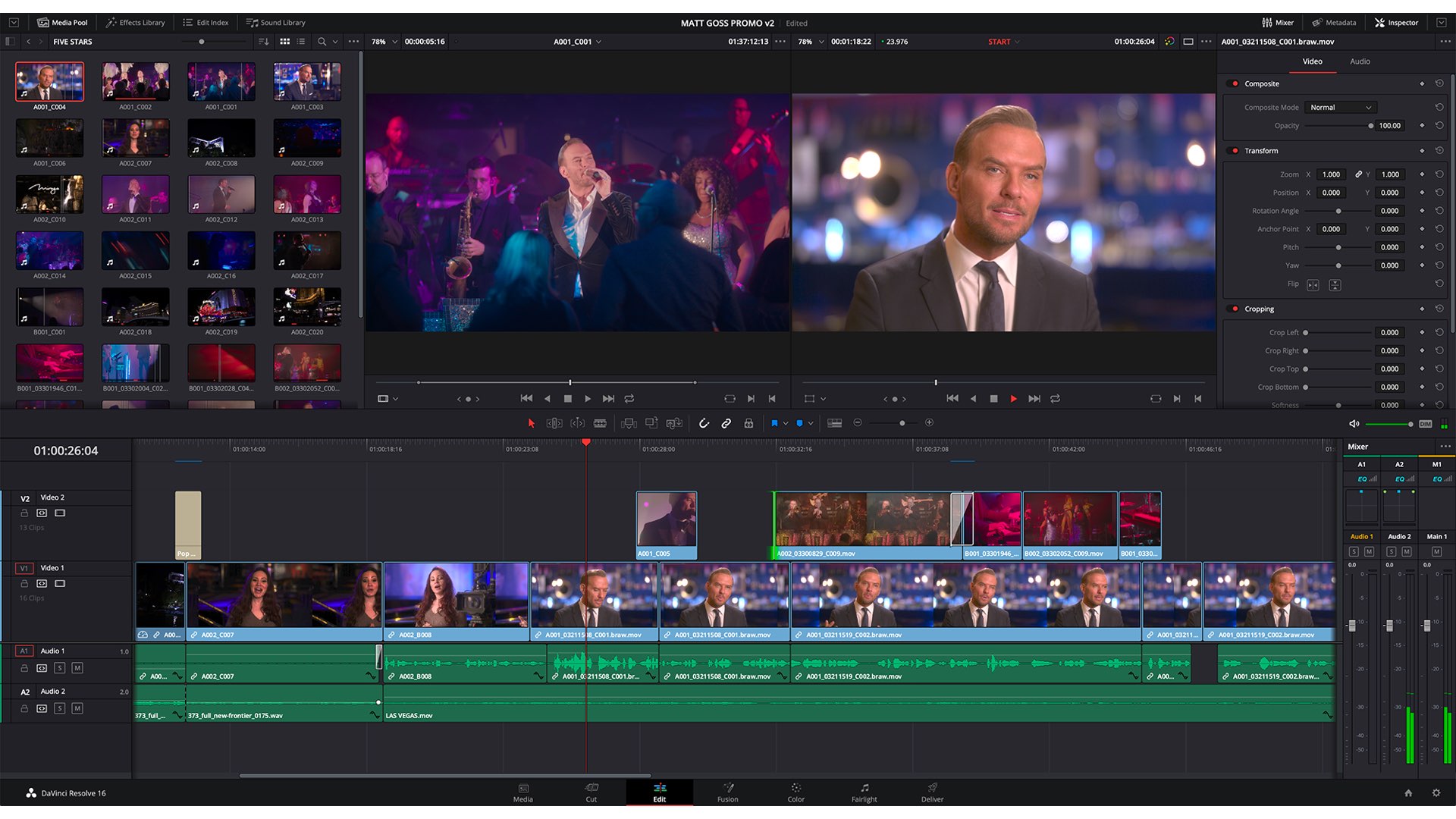
Disrupting the cinema cameras market
The company stunned NAB attendees in 2012 when it announced that it was going into the cinema camera business, and unveiled a digital cinema camera for just $3,000. From then on, BMD has manufactured more than ten cameras. BMD cinema cameras are characterized by their ALEXA-like skin tones, cinematic imagery, and smart GUI (Graphical User Interface). There were some obstacles, though. Many users reported (and are still reporting) of quality control issues, resulted in returning the camera to Blackmagic to get a new one. Nevertheless, those cameras are vastly used by the independent filmmakers’ community to produce stunning films without breaking the bank. However, I would love to explore more high-end productions which use BMD cinema cameras as their primary camera.

Blackmagic Cinema Cameras chart
Explore the chart below, which shows BMD cameras, highlights, and prices.
Important note: In case you wish to share the chart, go ahead and share it. BUT, please give proper credit to Y.M.Cinema Magazine plus a link to this article.
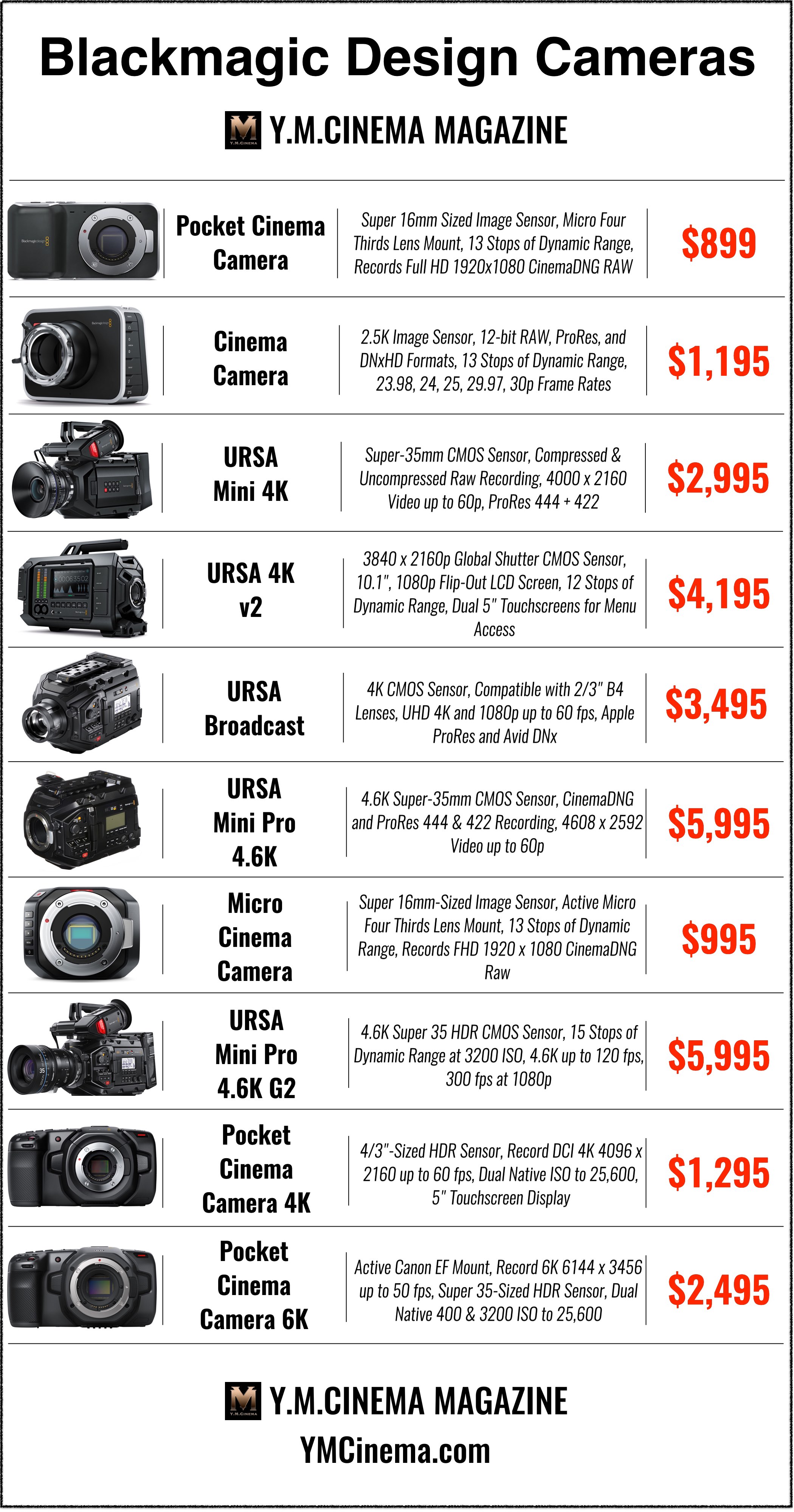
Too many manufacturers make products that are way too expensive or too complicated
Grant Petty- CEO and Founder of Blackmagic Design
Blackmagic’s philosophy: To help true creativity blossom
It’s not challenging to innovate. The real challenge is to innovate smartly. Hire engineers and present them with a specific problem that needs to be solved. Eventually, they will find a solution. The question is, how much money will it cost you? Everyone can invent the new high-resolution cinema camera. However, the invention of the new cinema camera on a budget, well, that’s the challenge. It seems that BMD has cracked the formula for smart innovation. Grant Petty once said: “Too many manufacturers make products that are way too expensive or too complicated”. True technology is to innovate affordable yet professional cinema cameras, that can be bought by creators to help true creativity blossom.
Final thoughts
This article was written to discuss a bit about Blackmagic Design concept and DNA of innovation in order to understand its strategy. The main barrier as I can see, it is high-end productions like Hollywood and Netflix, for instance. BMD must take some marketing lessons from other cinema cameras. RED shows off its cameras used on Netflix and ARRI swaggers regarding ALEXA domination in Hollywood. BMD should penetrate high-end productions with its cinema cameras, as its post technology are intensely used in all of them. BMD should partner with famous DPs to accomplish that. Do you agree? Comment below.

